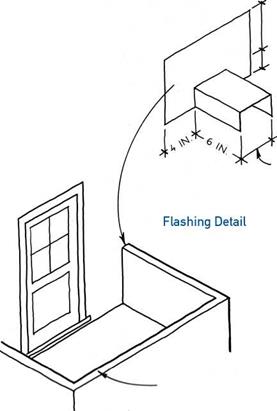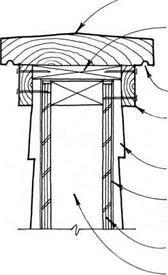Working with Copper Water-Supply Pipe
This section focuses on installing rigid copper water pipe: It’s strong, easily worked, approved by virtually all codes, and represents nearly 90 percent of residential installations. That noted, you should also consider reading about PEX flexible tubing on p. 279.
If you divide fittings into a few categories, their many names start to make sense. Because they do similar things, supply-pipe and DWV fittings often share names.
Fittings join pipes. The simplest fitting is a coupling, which joins two straight lengths of pipe. A reducing coupling joins different size pipes. A repair coupling has no internal stop midway, so it can slide all the way onto a pipe, then slide back over a new piece of pipe inserted to repair a damaged section. A union is a coupling you can disconnect.
read more







